The American car industry isn’t just about the big names that survived—it’s also shaped by the ones that didn’t. Over the past century, dozens of U.S. brands have come and gone, each leaving behind a trail of engineering ideas, market missteps, or flat-out wild stories. Some were serious players. Others barely got off the ground.
This list looks at 20 American car brands that vanished, not just to remember their cars, but to understand what took them down. Some burned fast and bright, others faded quietly. All had something worth noticing.
1. Pontiac

Pontiac built its reputation on performance, especially during the muscle car era. The GTO, introduced in 1964, brought serious power with its 389 V8, later pushing past 400 horsepower in Ram Air IV trims. Even into the 2000s, the G8 GT offered a 6.0L V8 and rear-wheel drive—rare for its class.
But the 2008 financial crisis hit GM hard, and Pontiac was cut in 2010. Sales had been declining for years, and the lineup leaned too heavily on rebadged models. Despite a few standouts like the Solstice and GTO reboot, it wasn’t enough to justify keeping the badge alive.
2. Oldsmobile

Oldsmobile ran deep in GM’s history—founded in 1897 and a long-time source of both luxury and engineering firsts. The Toronado, for instance, brought front-wheel drive to a full-size American coupe in 1966. The 442 packed big-block V8s with real performance cred and was anything but slow.
But by the ’90s, Oldsmobile’s image blurred. The Aurora had sleek lines and a decent Northstar-derived V8, but younger buyers weren’t biting. GM pulled the plug in 2004 after dwindling relevance and overlapping models with Buick and Chevrolet. The final Oldsmobile to roll off the line was an Alero.
3. Mercury

Mercury lived in the shadow of Ford for decades—never fully premium, never quite sporty. But it had its hits. The Marauder, for example, came with a 429 in the late ’60s and later returned with a 302-hp DOHC V8 in the early 2000s. It was a full-size sleeper with personality.
The problem was redundancy. Most Mercurys were badge-engineered Fords, from the Grand Marquis to the Milan. As Ford streamlined during the 2008 downturn, Mercury was an easy cut. Production ended in 2010, and few buyers really noticed. By then, the brand had already faded from relevance.
4. Plymouth

Plymouth was once Chrysler’s volume leader, especially with muscle-era hits like the Road Runner, GTX, and ‘Cuda. The 1970 HEMI ‘Cuda remains one of the most respected Mopars ever, pushing 425 horsepower with a menacing look to match.
But the ’80s and ’90s weren’t kind. The Prowler was an eye-catcher, but more show than go. Plymouth became Chrysler’s bargain bin, with little to differentiate its lineup. By 2001, Chrysler had Dodge and Jeep doing the heavy lifting, and Plymouth was axed. The last car it sold? A Neon, rebadged from Dodge.
5. DeSoto

Launched by Chrysler in 1928, DeSoto was meant to bridge the gap between Dodge and Chrysler. It hit its stride in the ’50s with big, stylish cars like the Fireflite, which featured a 330 cubic inch HEMI V8 and tailfins that wouldn’t quit.
But the postwar brand hierarchy shifted, and DeSoto found itself squeezed between Dodge’s performance tilt and Chrysler’s upscale push. Sales fell fast by the late ’50s. Despite solid offerings, it lost internal support and was shut down in 1961. The DeSoto Adventurer was among the last models to wear the badge.
6. Hummer

Hummer started as a military vehicle and morphed into a status symbol. The original H1 was derived from the Humvee, packing a 6.5L turbodiesel V8 and serious off-road capability—far more truck than SUV. Later H2 and H3 models prioritized styling but still had rugged credentials.
GM killed the brand in 2010, not just due to recession-era fuel prices but also shifting consumer preferences. Sales dropped fast, and the oversized image wore thin. GM has since resurrected the name for its all-electric GMC Hummer EV, but the gas-powered Hummers are history.
7. Saturn

Saturn was supposed to be GM’s fresh start—a clean-sheet brand with different factories, unique cars, and no-haggle pricing. The first models, like the SL and SC, were modest but well-received. By the early 2000s, the Vue and Aura offered competitive features and decent driving dynamics.
But GM never followed through. As Saturn products became rebadged Opels and Chevys, the brand lost its identity. The 2008 crisis sealed its fate. Despite efforts to sell it, Saturn was closed in 2010. The brand never got the real autonomy it was promised at launch.
8. Studebaker

Studebaker dates back to the 1850s as a wagon maker, entering the car business in 1902. The company peaked in the postwar years with slick designs and competent V8s. The Avanti, released in 1962, had a fiberglass body and optional supercharged 289 V8—quick even by today’s standards.
But weak financials and poor dealer coverage dragged it down. Despite some ahead-of-the-curve styling and engineering, Studebaker couldn’t keep pace with the Big Three. U.S. production ended in 1963, and Canadian operations followed in 1966. A few Avanti-based revivals popped up later, but the original brand never came back.
9. Packard
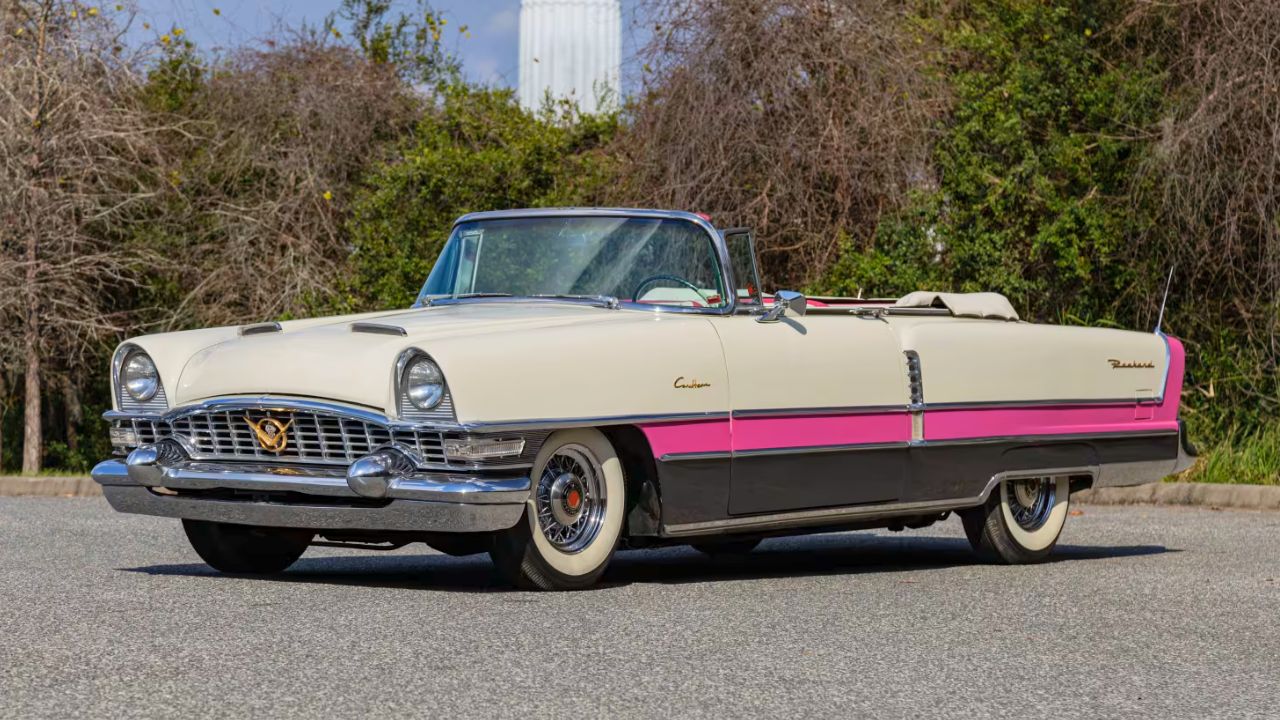
Packard was once the definition of prestige. In the ’30s and ’40s, Packard cars rivaled Cadillac in quality and innovation. The Super Eight and Twelve were mechanical heavyweights with smooth straight-8 or V12 engines and opulent interiors lined with real wood and fine leather.
But after WWII, Packard struggled to keep up. A failed merger with Studebaker in the mid-’50s diluted the brand, and the cars lost their edge. By 1958, the name was dead. Later attempts to revive Packard went nowhere. In the end, it wasn’t one bad car—it was slow decline through diluted identity.
10. American Motors Corporation (AMC)
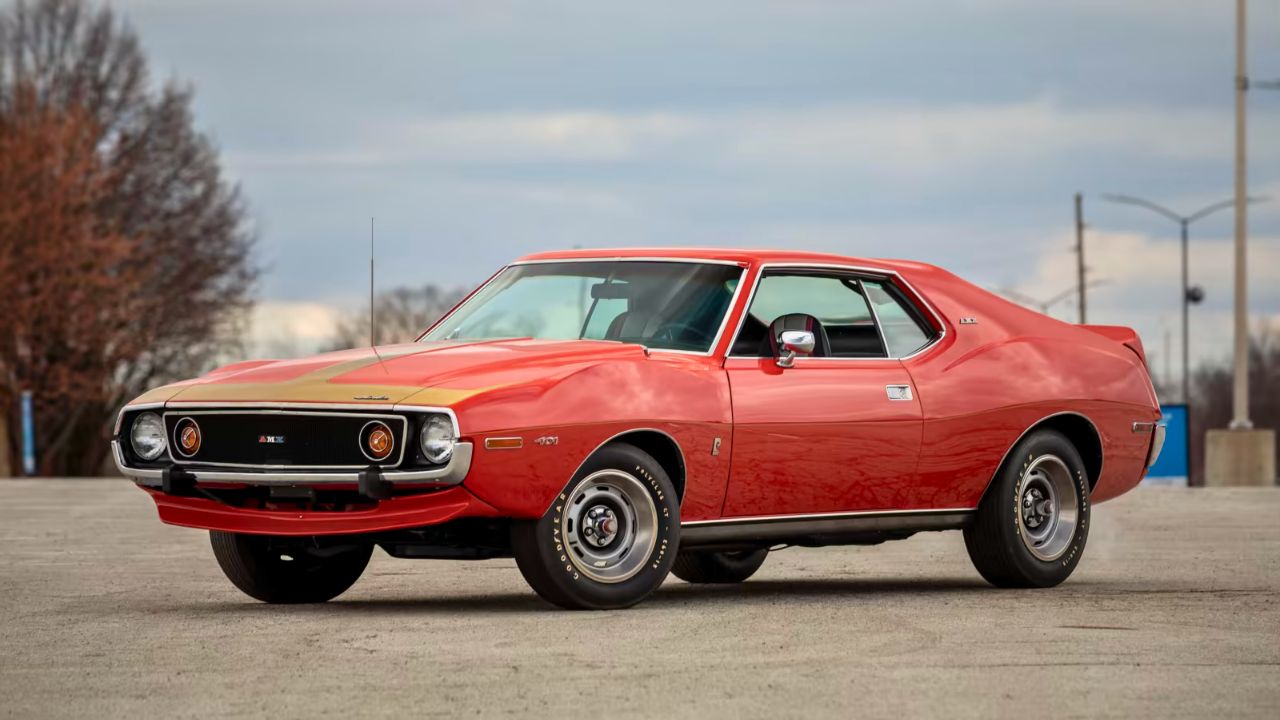
AMC was always the underdog, but it had its moments. The AMX was a legit two-seater muscle car with a 390 V8 and short wheelbase, while the Javelin brought pony car attitude with optional Go Package upgrades. Even the compact Hornet and Gremlin had real presence.
But AMC couldn’t keep pace financially. The Pacer, despite its roomy interior and wide stance, became a punchline. Chrysler bought the company in 1987 mainly for Jeep. The AMC name disappeared, but its legacy lived on through models like the Grand Cherokee, which started development under AMC leadership.
11. Eagle

Eagle came out of Chrysler’s purchase of AMC in 1987, meant to give Jeep dealers a second line of cars. It started strong with the Premier—originally an AMC/Renault design with solid ride quality and a fuel-injected V6. The Talon, a DSM twin of the Mitsubishi Eclipse, gave it some credibility.
But by the late ’90s, Eagle had no clear identity. Most of the lineup was badge-engineered from Mitsubishi or Chrysler platforms. Sales dropped, and Chrysler shut the whole thing down after the 1998 model year. Its exit barely registered, even among Chrysler loyalists.
12. Fisker

The original Fisker Automotive wasn’t around long, but it left a mark. The Karma sedan, launched in 2011, had a sleek body, luxury-grade interior, and a plug-in hybrid drivetrain that used a GM-sourced 2.0L turbo engine as a range extender. It was ambitious, if not fully sorted.
But quality issues, software glitches, and supplier troubles piled up fast. Battery supplier A123 filed for bankruptcy, which dragged Fisker under in 2013. The brand was later bought and revived as Karma Automotive, but the original Fisker operation was history—another EV startup that promised too much, too soon.
13. Duesenberg
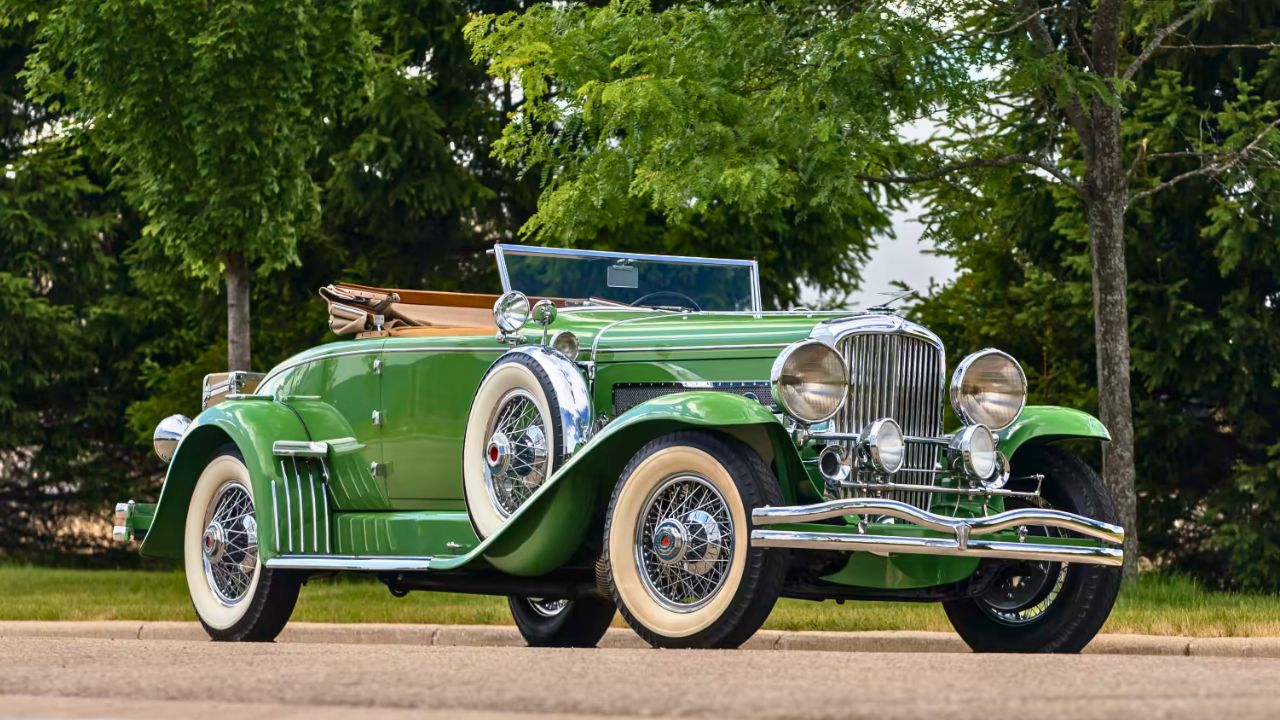
Duesenberg was never a mass-market brand. In the 1920s and ’30s, it represented American performance and elegance. The Model J, introduced in 1928, had a straight-eight that made over 265 horsepower—wild for its time—and bodies built by coachbuilders like Murphy and LeBaron.
But it was all too extravagant to last. The Depression crushed demand for ultra-luxury cars, and Auburn-Cord-Duesenberg, the parent company, collapsed in 1937. Duesenberg never came back, though the name’s been floated in various revival attempts. The originals remain museum pieces, forever tied to another economic era.
14. Rambler

Rambler was AMC before AMC had a name. Compact and affordable, it was a smart counter to the oversized American cars of the ’50s. The Rambler American, introduced in 1958, ran reliable inline-sixes and had clean, upright styling. It did well in the early ’60s economy market.
By the late ’60s, AMC phased out the name to focus on performance-oriented branding. The Hornet and Matador replaced it, and by 1969, Rambler was gone. It wasn’t flashy, but it got the job done. The badge faded quietly, even if its influence stuck around in AMC’s DNA.
15. Kaiser
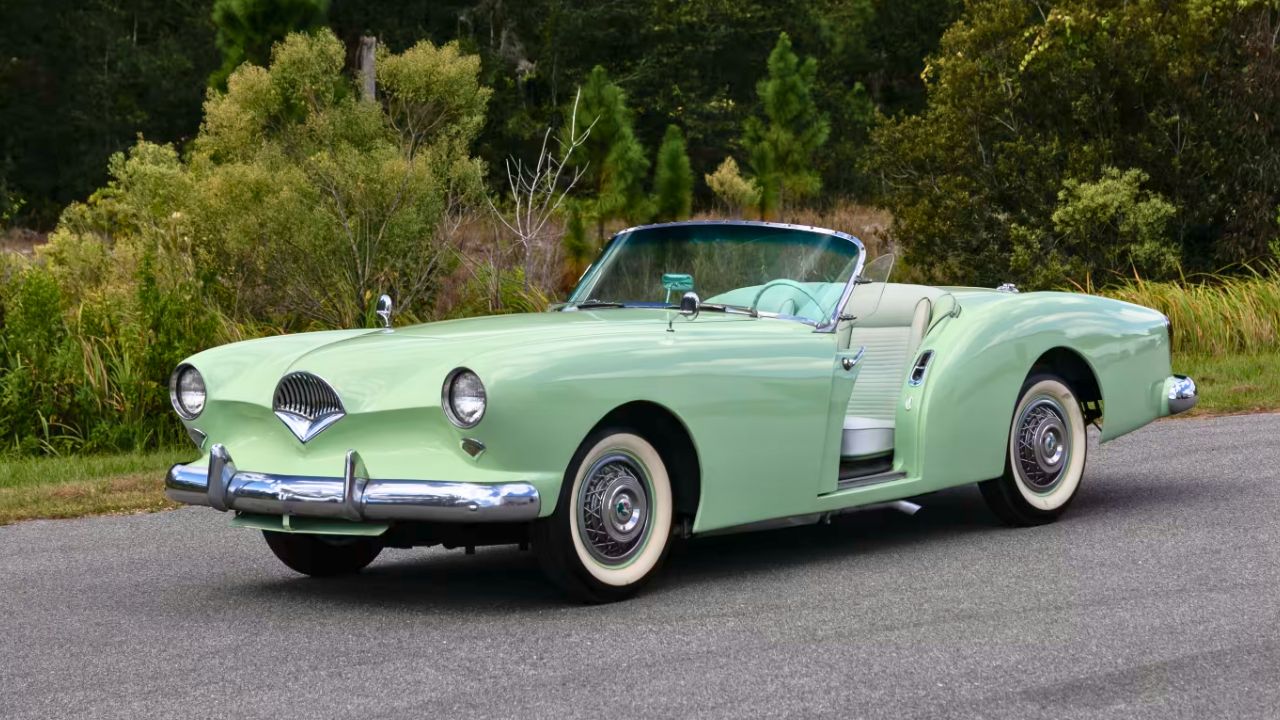
Kaiser-Frazer launched after WWII with big plans and some early success. The 1947 Kaiser Special was roomy and modern-looking, running a flathead six with decent reliability. They never had a proper V8, though, and that hurt when horsepower wars kicked off in the ’50s.
By 1955, Kaiser cars disappeared from the U.S. market. The company pivoted to South America and military vehicles. It later morphed into Kaiser Jeep, which was eventually bought by AMC, then Chrysler. The car line didn’t survive, but the DNA carried on through the Jeep nameplate.
16. Willys
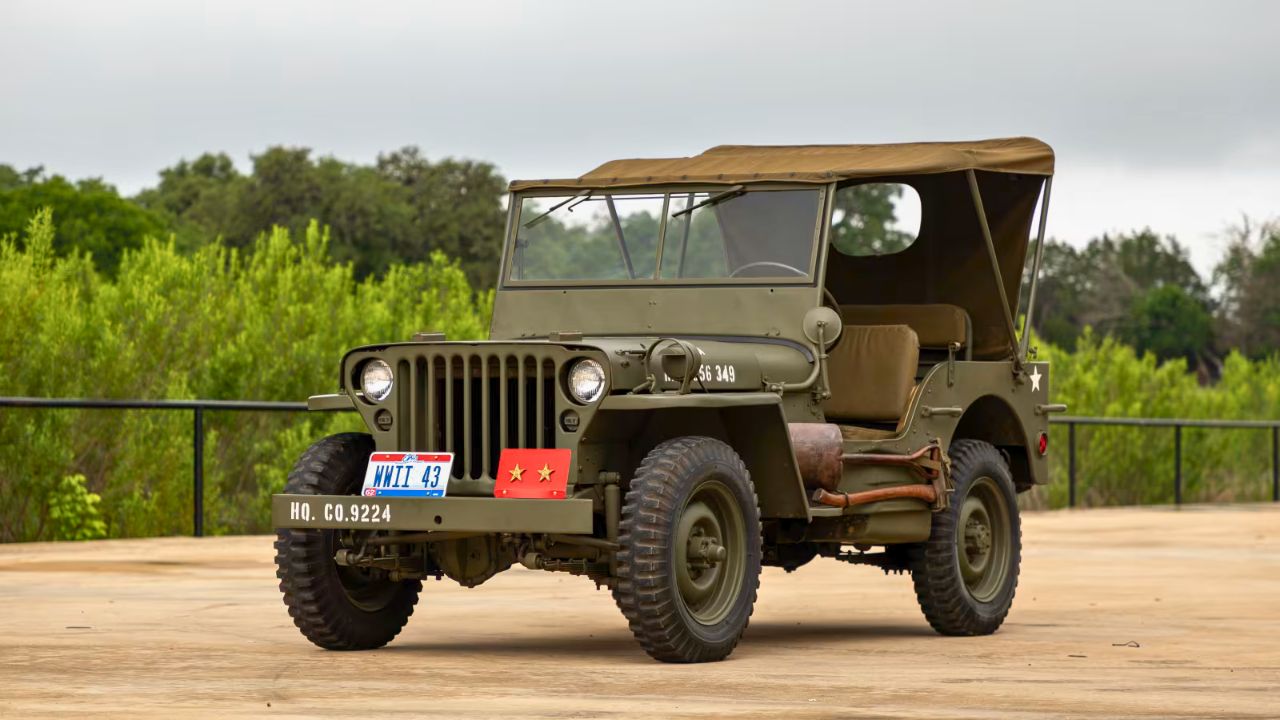
Best known for the original Jeep, Willys was more than a military supplier. In the postwar years, it built civilian Jeeps (CJ series) and simple sedans like the Aero-Willys. Most used inline-fours or straight-sixes—nothing fancy, but durable and easy to service.
Willys merged with Kaiser in 1953, becoming Kaiser-Willys. The Willys name stuck around for a few years before being dropped in favor of Kaiser-Jeep. Its legacy mostly lives on through Jeep, where “Willys” remains a trim level on modern Wranglers. But as a standalone brand, it faded into history by the late ’50s.
17. Nash

Nash Motor Company was a pioneer in unibody construction and early air conditioning. The Nash Airflyte, introduced in 1949, had aerodynamic styling and a fully enclosed front fender design. Its inline-six was smooth, and the interiors leaned toward plush rather than sporty.
Nash merged with Hudson in 1954 to create AMC, and by 1957, the Nash name was phased out. Though forgotten today, Nash set a lot of the groundwork for AMC’s engineering approach. The brand never had massive output, but it left its fingerprints all over compact car development.
18. Hudson

Hudson made real performance noise before muscle cars were a thing. The Hornet, especially in “Twin H-Power” trim, had dual carbs on a 308ci straight-six and cleaned up in NASCAR through the early ’50s. It handled well too, thanks to a low center of gravity and unit-body design.
Hudson merged with Nash to form AMC, and the badge disappeared by 1957. While the name faded, Hudson’s engineering innovations lived on. The Hornet name would be recycled, but the original cars were something special—compact, competitive, and ahead of their time in more ways than one.
19. Crosley

Crosley built tiny, fuel-efficient cars when most Americans wanted big, V8-powered sedans. The Hotshot, introduced in 1949, was a small, lightweight roadster with a 44-cubic inch engine and a curb weight under 1,200 pounds. It even raced—and won—in early sports car competitions.
But the market wasn’t ready. Postwar buyers craved space and power, and Crosley couldn’t compete. The company shut down car production in 1952. For a brief moment, though, it offered a vision of minimalist motoring that wouldn’t catch on until decades later, when small imports started gaining ground.
20. Auburn

Auburn cars in the ’20s and ’30s were fast, expensive, and beautifully designed. The 851 Speedster is the most famous—supercharged straight-eight, boat-tail styling, and performance that could touch 100 mph, which was rare in the 1930s. The interiors were high-end, with machine-turned dashes and leather trim.
But sales dried up during the Depression. Auburn, along with its siblings Cord and Duesenberg, couldn’t weather the storm. The company folded in 1937. Today, the Auburn-Cord-Duesenberg name survives more as a collector circle than anything else, but their cars still turn heads in concours circles.
Like Fast Lane Only’s content? Be sure to follow us.
Here’s more from us:
*Created with AI assistance and editor review.

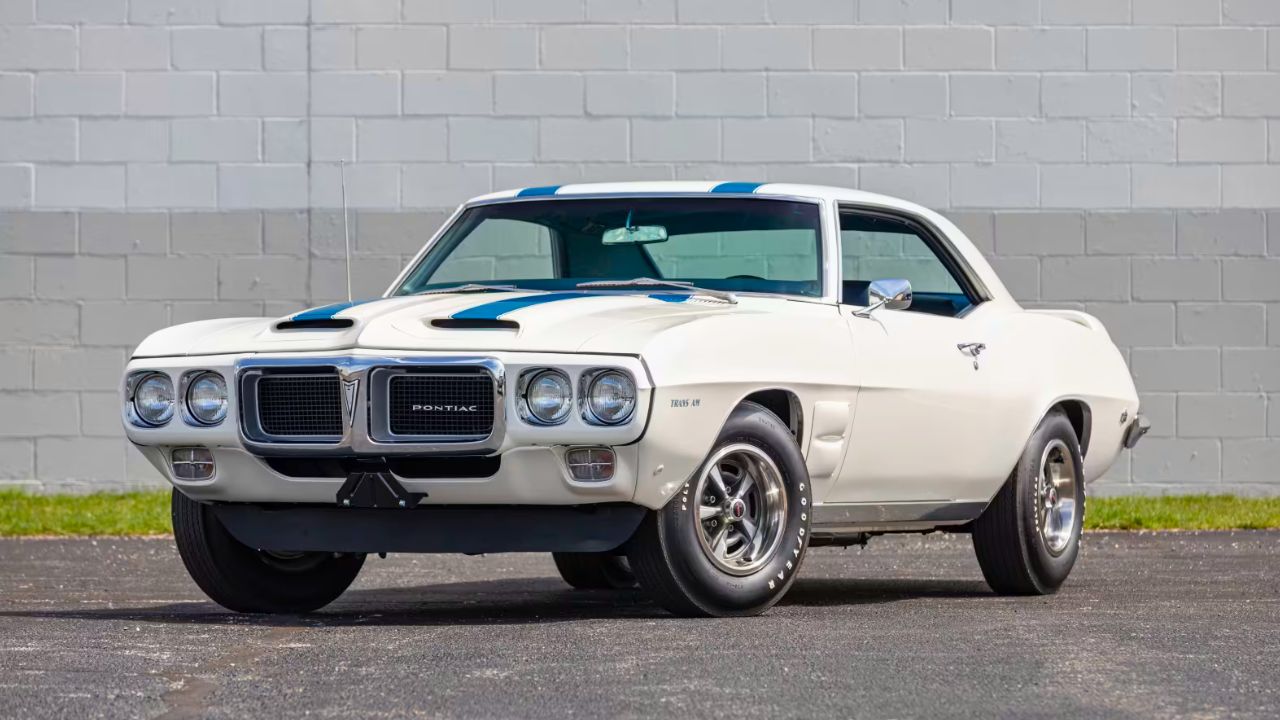





Leave a Reply